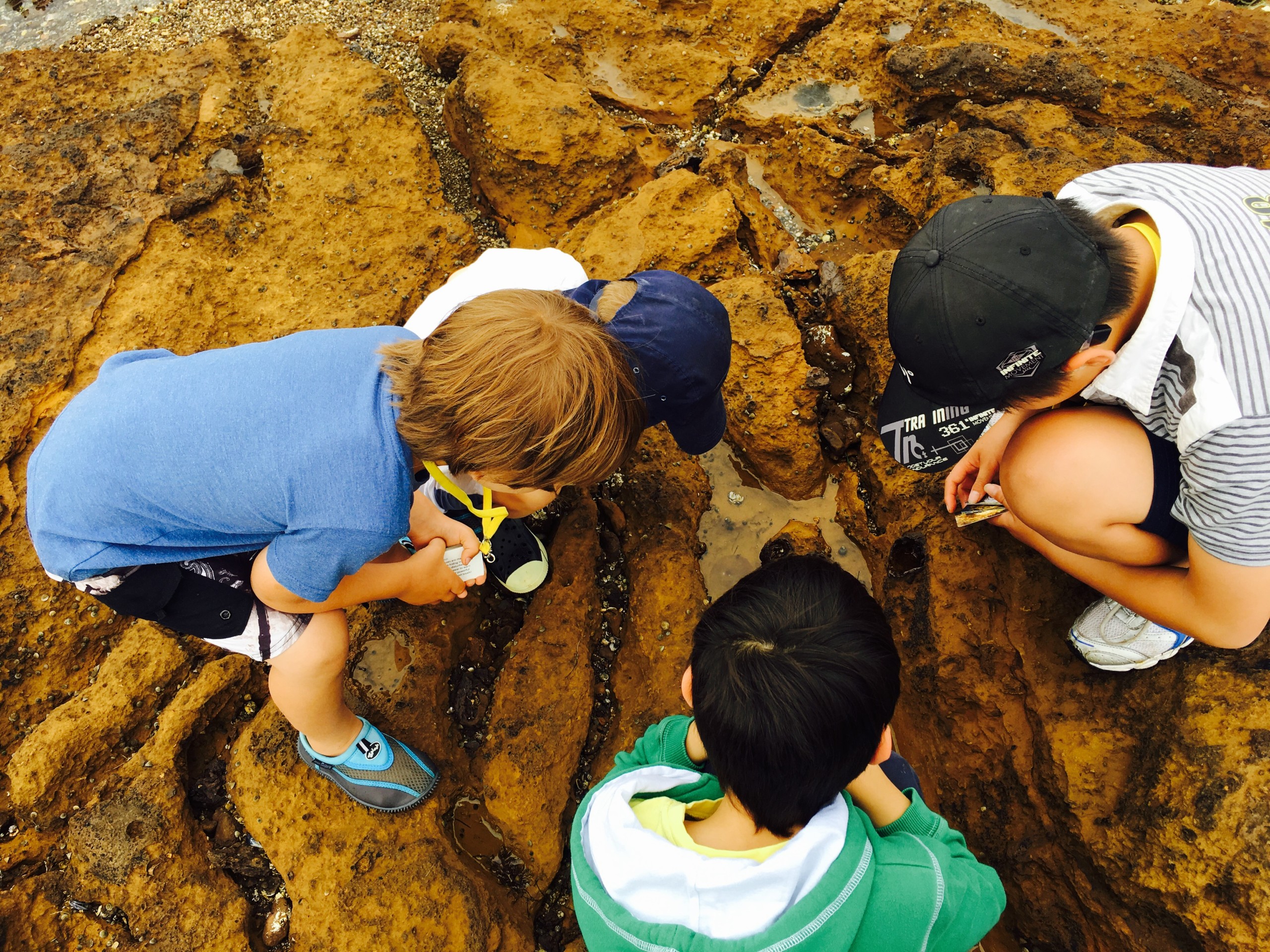We are so lucky to have some simply stunning intertidal rockpools in Melbourne for families to explore and having lived and worked at Ricketts Point Marine Sanctuary for nearly 10 years, it gives me immense pleasure seeing families discovering the rockpools there. As a marine biologist, regular snorkeler and Eco Explorers facilitator, I’m passionate about supporting families to rockpool safely while also having a minimal impact on the natural environment.
At low tide marine creatures that are normally covered by water find safety where they can, and this is a great time for kids to discover all the incredible animals that live amongst the rockpools.
Here are some tips in our Rockpooling Guide below to ensure a fun adventure, and safe experience for both your family and the rockpool inhabitants:
1. Check the tides and weather – Find out when Low Tide is for your chosen site using the Bureau’s tide prediction tables, and check the weather paying attention to the predicted wind strength – if it’s over 25km/hour and blowing from the direction of the water little ones might find it uncomfortable and there’s a higher chance of waves encroaching on how much rock platform is accessible. http://www.bom.gov.au/australia/tides/#!/vic
2. Dress for the experience – We love slip-on neoprene (wetsuit material) shoes for our kids, but gumboots with good traction or even a pair of runners that you can throw in the wash after are great too. Algae covered rocks can be deceptively slippery, so thongs and open-toed sandals are not recommended! Don’t forget sun and wind protection; a hat with a toggle tie under the chin or a nice secure fit and something long-sleeved (even in summer a sea breeze can be fresh out on the rocks)!
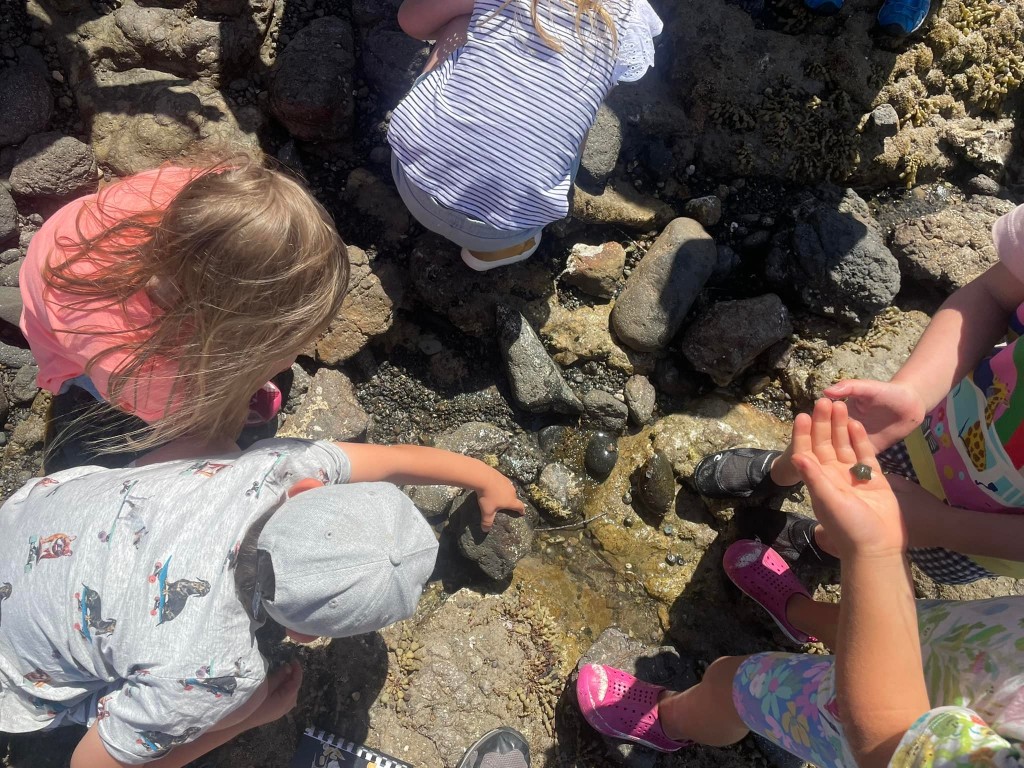
3. Follow Sanctuary Guidelines – These creatures live in a harsh place as it is, so please do your best not to add to their tough life! A number of Victoria’s best rockpools are Marine Sanctuaries and Parks, so it’s the law that you take care of them. We think Sanctuary rules should be practiced at all locations, that is no collecting or harming living things be they animal, plant or algae, and no moving rocks, or removing rocks, sand, shells, fossils or other artefacts.
4. Keep your hands free and fingers in sight! – These protected areas do not permit the collection of live animals, even briefly, in buckets and we feel that little hands are best kept free to be able to put out in front of them if they fall, and to be able to investigate rockpools unencumbered by equipment. Always ensure you can see your fingertips to avoid touching an animal that may harm you – the Blue-Ringed Octopus loves Victorian rockpools. Consider this when picking up empty sea urchin skeletons, shells and even bottles or cans (See tip 6).
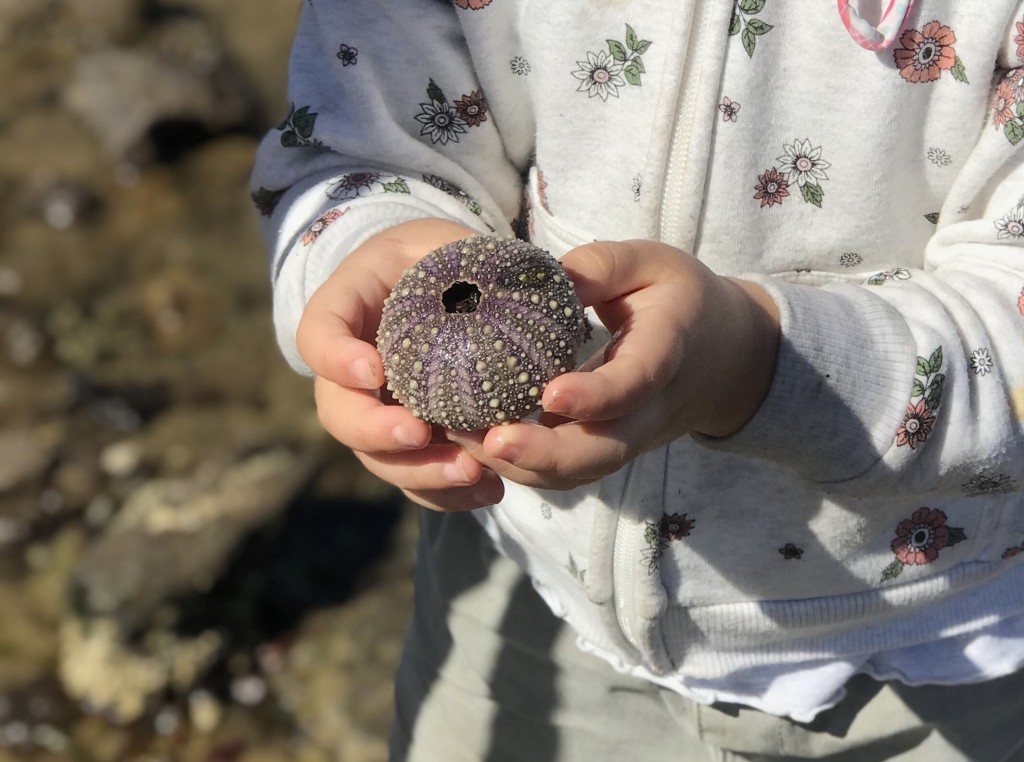
5. Rock and Roll – With the utmost care, we practice ‘Rocking and Rolling’, that is choosing a rock you can comfortably lift to rest on its side (the underside facing away from you so that any startled animals can move away safely) and peering underneath for any signs of movement and life. Then smiling as you observe the wonders that you see there, before gently rolling their ‘rock roof’ back home to the position it was found in.
6. Leave it better than you found it – We strongly encourage you to Take 3 for the Sea (take3.org) take 3 pieces of rubbish you find, with you when you leave.
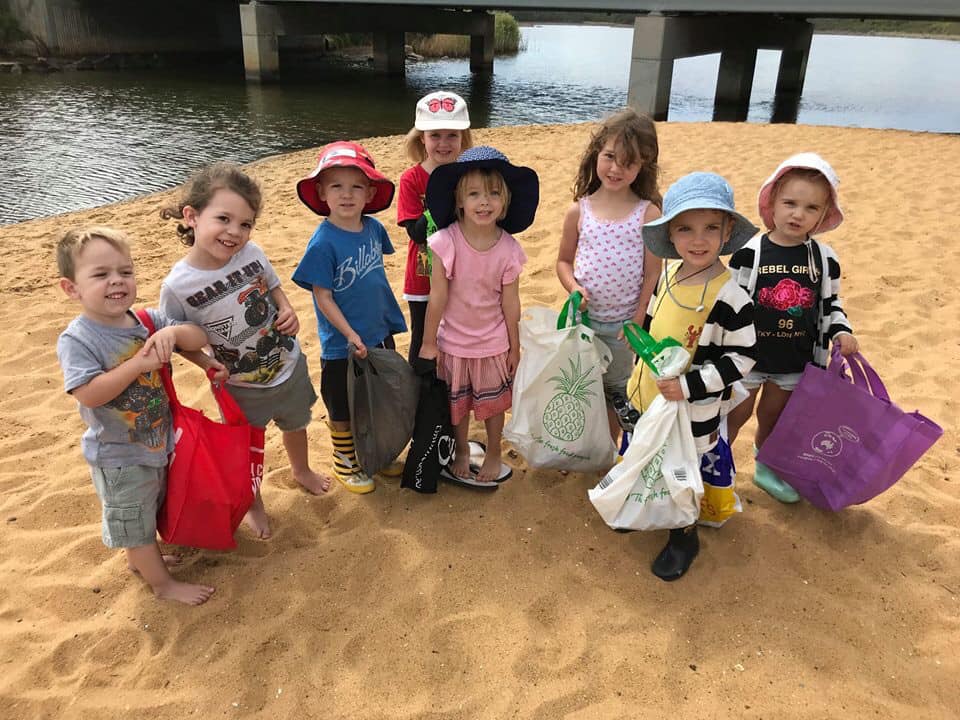
Make sure you download our set of 28 downloadable and printable rock pool identification cards HERE before you go!
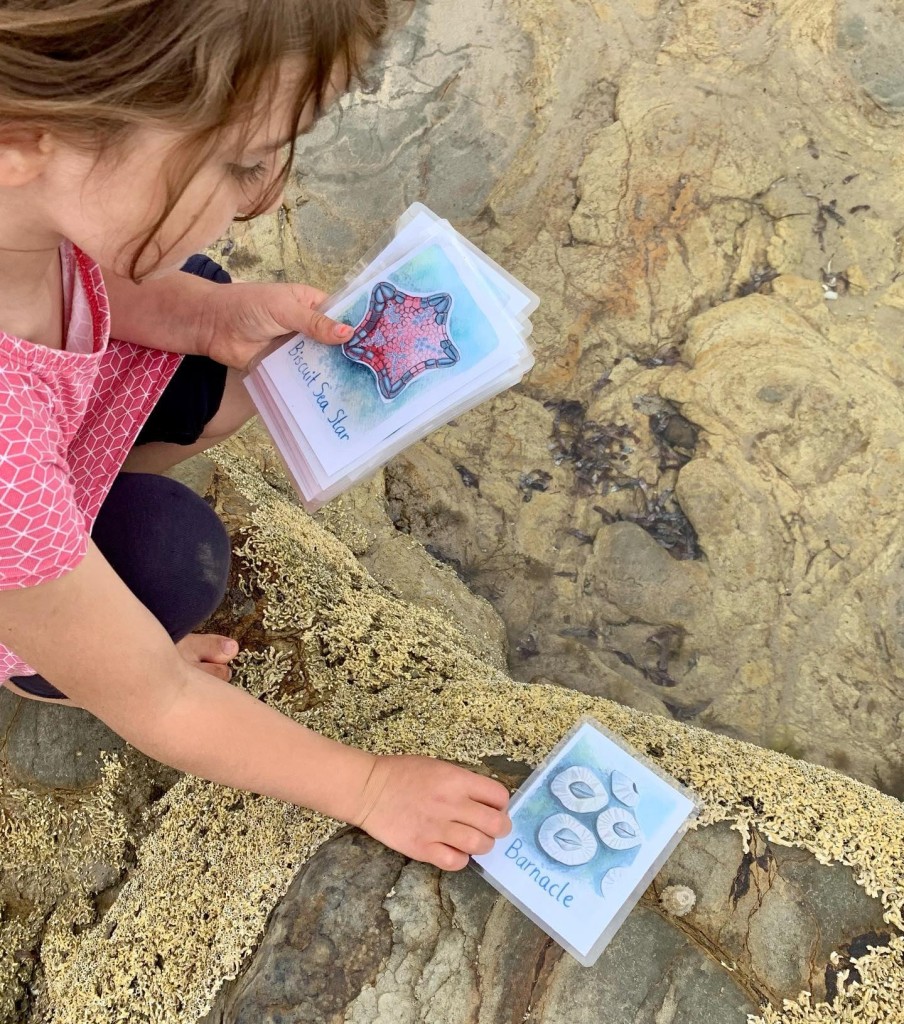
Want to learn more? Eco Explorers runs a number of beach programs in Melbourne that families can join during the term. See our full list of beach programs here.

